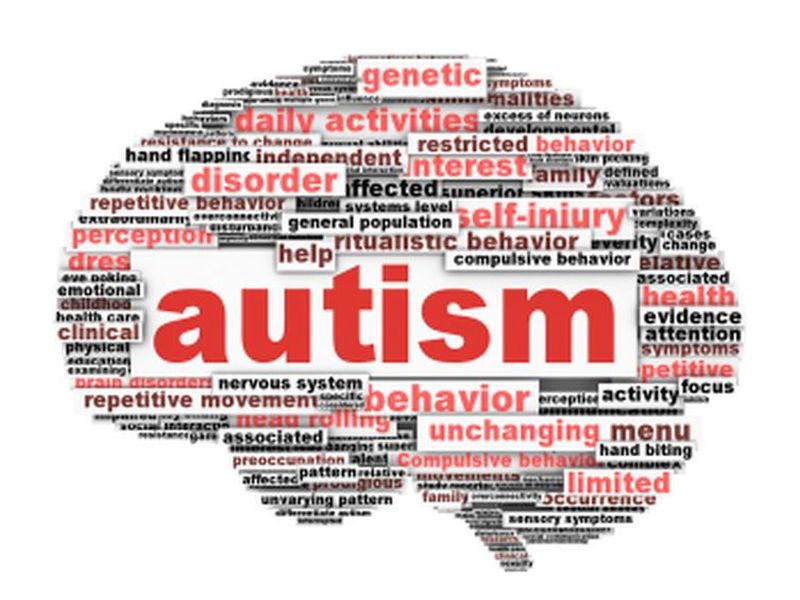
Friday, April 8, 2016

FRIDAY, April 8, 2016 (HealthDay News) -- New findings about where children with autism look during conversations could lead to changes in treatment programs, researchers say.
The researchers used special technology to monitor the eye movements of 18 children with autism between the ages of 6 and 12, and 19 children without the developmental disorder.
The researchers from the University of Vermont found that children with autism tended to focus more on a speaker's mouth instead of the eyes when the conversation turned to emotional topics, such as what makes the children sad or scared.
"What you talk about really matters for children with ASD [autism spectrum disorder]," said lead author Tiffany Hutchins, an assistant professor of communication sciences and disorders.
"You just change a few words by talking about what people do versus how they feel and you can have a profound impact on where eyes go for information," she said in a university news release.
The researchers also found that focusing on the mouth rather than the eyes during emotional conversations was more common among those children with more severe autism and poorer verbal and intellectual ability. It was also common among those with more limited executive function -- the mental skills that help people pay attention, manage time and get things done, the researchers said.
It's not clear why children with autism seem to look at the mouth more often during emotional talks, but it could be because the conversations strain their executive function, according to Hutchins.
Highly emotional topics "likely place high demand on working memory, which, when a threshold is surpassed, makes rendering information from the eye region particularly difficult," she said.
This may lead the child to start looking for other ways to get information, such as focusing on the mouth. But by doing so, they miss important social meaning provided by the speaker's eyes, Hutchins said.
The next step is to determine how these findings might apply to speech therapy and other treatment for children with autism.
"Some social skills programs and many treatment goals for children with autism involve trying to get them to initiate and sustain eye contact during interaction," Hutchins said.
The study is being published in the June issue of the journal Research in Autism Spectrum Disorders.
SOURCE: University of Vermont, news release, April 4, 2016
HealthDay
Copyright (c) 2016 HealthDay. All rights reserved.
- More Health News on:
- Autism Spectrum Disorder





























.png)











No hay comentarios:
Publicar un comentario